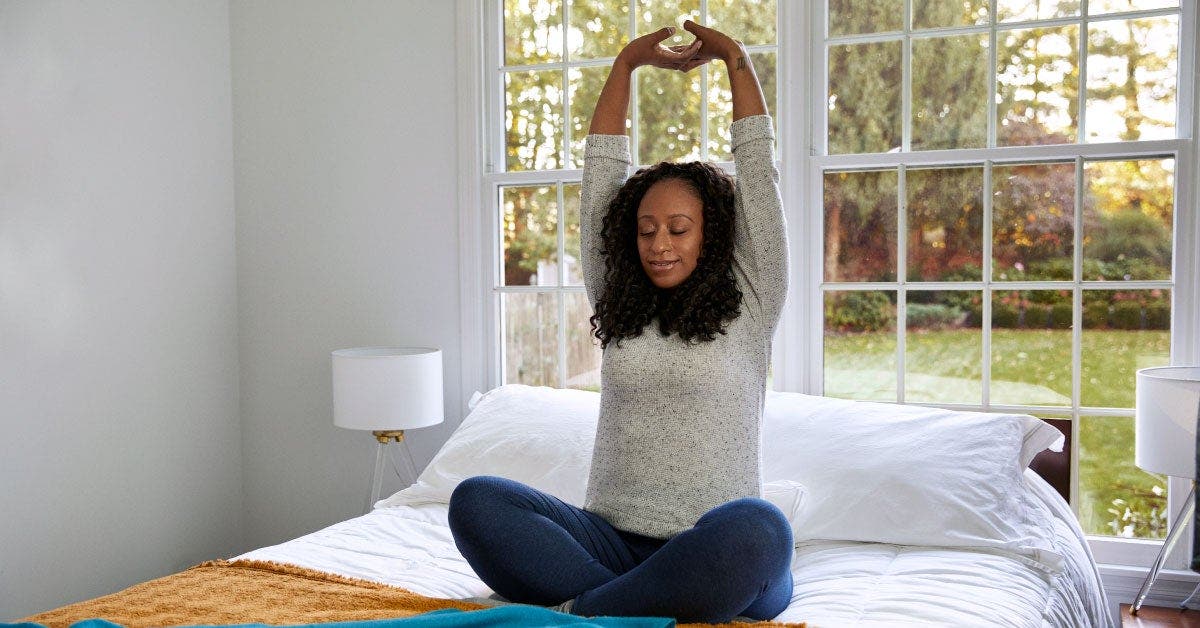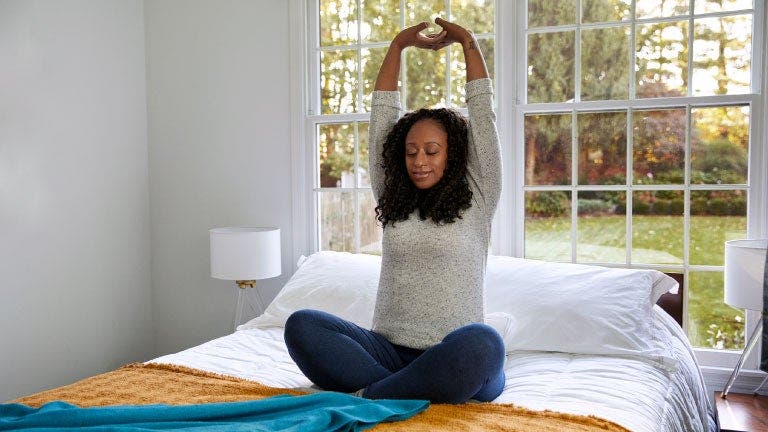Looking after yourself and your diabetes – preventing complications


We know that having high blood sugar over a prolonged period can cause complications. The good news is that there are some key things you can do to avoid this and stay in control of your diabetes. Prevention is always best – but it’s also important to learn to recognise and act on new symptoms to stop them from becoming a problem.
Following this short diabetes care checklist will help you to look after your diabetes and reduce your risk of developing complications.
Your GP will organise most of these tests, and many of them can be done in your local GP practice. It may be useful to keep your own appointment diary to stay on track, and ensure you have the right tests at the right time.
1.) Check your HbA1c regularly
HbA1c is a test of long-term blood sugar control and should be checked at least once a year by your GP. This will usually be organised by your local practice, but it’s a good idea to keep track of this yourself too as regular tests can help to make sure you’re getting the right level of care and support.
If you have Diabetes, a good aim is to have an HbA1c level below 48 mmol/mol. However, everyone is different and you and your GP will agree on a target that’s right for you.
2.) Maintain a healthy weight
Maintaining a healthy weight can help to reduce HbA1c, blood pressure and cholesterol – all of which help to reduce the risk of cardiovascular disease. Research shows that, if you are overweight, losing just 5-10% of your body weight can significantly improve your HbA1c. Getting into the habit of eating a healthy diet and engaging in regular physical activity can help you lose weight and keep it off.
3.) Monitor your blood pressure
Having type 2 diabetes increases the risk of heart and circulation disease, and high blood pressure can further increase this risk. It can also increase the risk of damaging small blood vessels to various parts of the body including the kidneys, eyes and nerves.
Blood pressure can be lowered through a healthy diet and regular activity. Stopping smoking and cutting down on salt intake can also help to reduce blood pressure.
Your blood pressure will be checked at least once a year by your GP. Typically, people with diabetes should aim for a blood pressure of 130/80 or below. However, you and your GP may work together to come up with a target that realistic and achievable for you.
4.) Manage your cholesterol
Cholesterol are fats that are found in the blood and there are two types: “LDL” (bad cholesterol) and “HDL” (good cholesterol). Bad cholesterol contributes to the blood vessels becoming blocked, increasing blood pressure and the risk of heart attack and stroke. This type of cholesterol is found in fried foods and baked goods, so try to keep these foods to a minimum.
There is a blood test which measures your cholesterol called a ‘fasting lipid profile’. It’s called “fasting” because you’re not supposed to eat for 8 – 10 hours before the test. This should be done annually by your GP.
| Total Cholesterol | Less than 200 mg/dL |
| LDL (bad cholesterol) | Less than 100 mg/dL Less than 70 mg/dL |
| HDL (good cholesterol) | Higher than 40 mg/dL (men) Higher than 50 mg/dL (women) |
5.) Attend annual eye screening
High blood glucose levels can cause retinopathy. But high blood fats and high blood pressure also play a part. It’s important to attend your local diabetic eye screening service every year for a check-up. At this appointment you will be given an eye drop to dilate your pupil and a photograph will be taken of the back of your eye which can be used to tell if any changes occur from year to year. If you have any changes in your vision between appointments, it is important to tell your GP straight away.
Remember, this is different to a normal eye test at your opticians. If you wear glasses, get your eyes tested by your optician for your glasses prescription, but it’s important to attend your diabetes eye screening too.
6.) Have your kidneys tested
Kidneys have small and fragile blood vessels that are extremely sensitive to the amount of glucose in your blood. If glucose levels are too high then these can become damaged and cause them to become leaky. Your GP will take two tests every year to ensure that your kidneys are working properly – a urine test and a blood test. If the results of these are normal, you should continue to have these tests annually. If the test results show kidney damage, then your GP will most likely start treatment and may carry out the tests more frequently to ensure that treatment is working.
Prevention is the best way to avoid kidney damage, so make sure you eat a healthy diet and try to keep your blood glucose, cholesterol and blood pressure in their target ranges.
7.) Go to your annual foot check
It’s important to have your feet examined once a year by your specialist diabetes nurse. You will be told if you are at risk of foot problems and if you need to see a specialist. It’s also important to regularly check your own feet for loss of sensation, ulcers and sores. One way to do this is to use the Touch the toes test, which is explained below. If you notice any changes in your feet, don’t wait until your next foot check appointment, contact your GP.
The same advice that applies to other people applies to people with diabetes regarding foot care. It is important to keep the skin on your feet healthy by using a cream emollient. You should ensure that you regularly cut your toe nails, however if this is difficult for you, you can ask your GP to refer you to a chiropodist. Lastly, ensure that you always wear comfortable, well-fitting shoes. The right footwear can help keep your feet healthy.
Foot problems are caused by high blood sugar damaging blood vessels and nerves. This can be reduced by stopping smoking and keeping good control of your blood pressure, glucose and cholesterol levels.
8.) See your GP about stopping smoking
Having diabetes already increases the risk of heart disease and stroke, and smoking increases this even further. If you feel like you are ready to give up smoking speak to your GP who can give you a list of free smoking cessation services.
